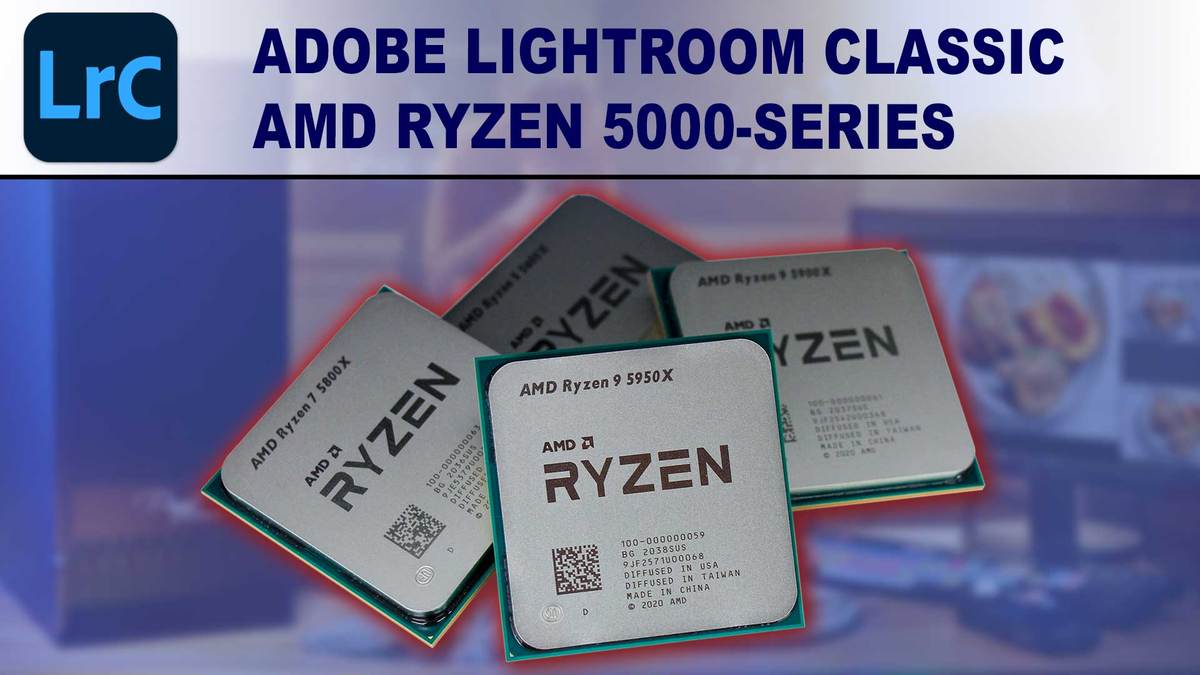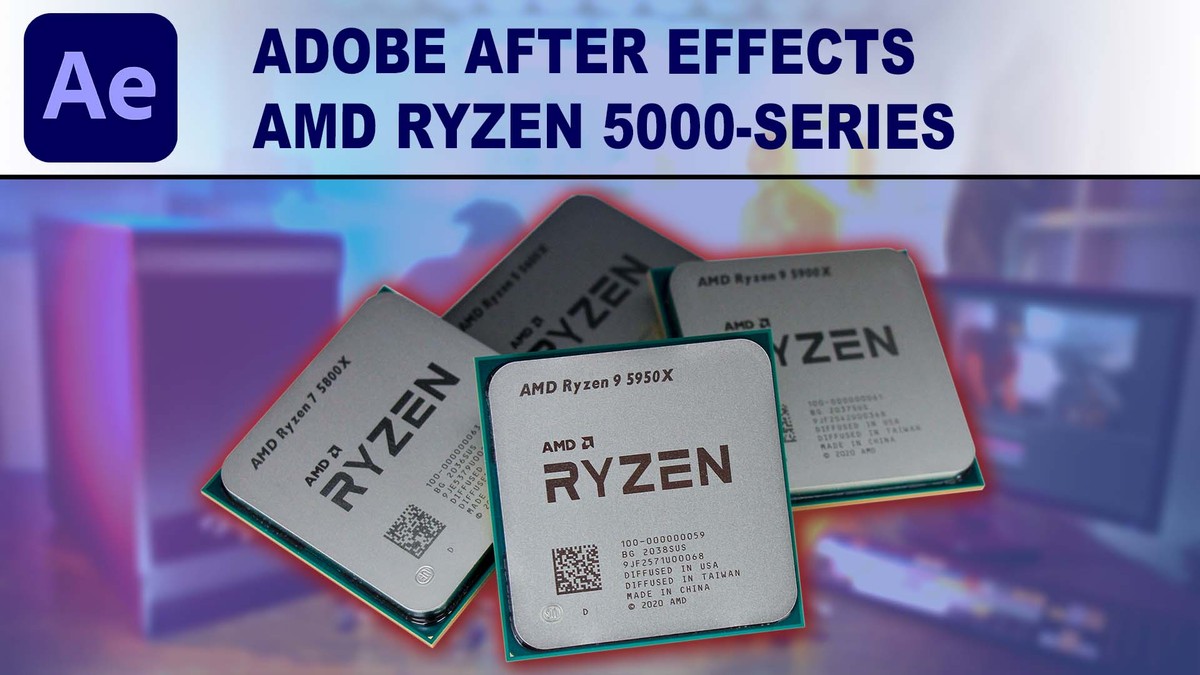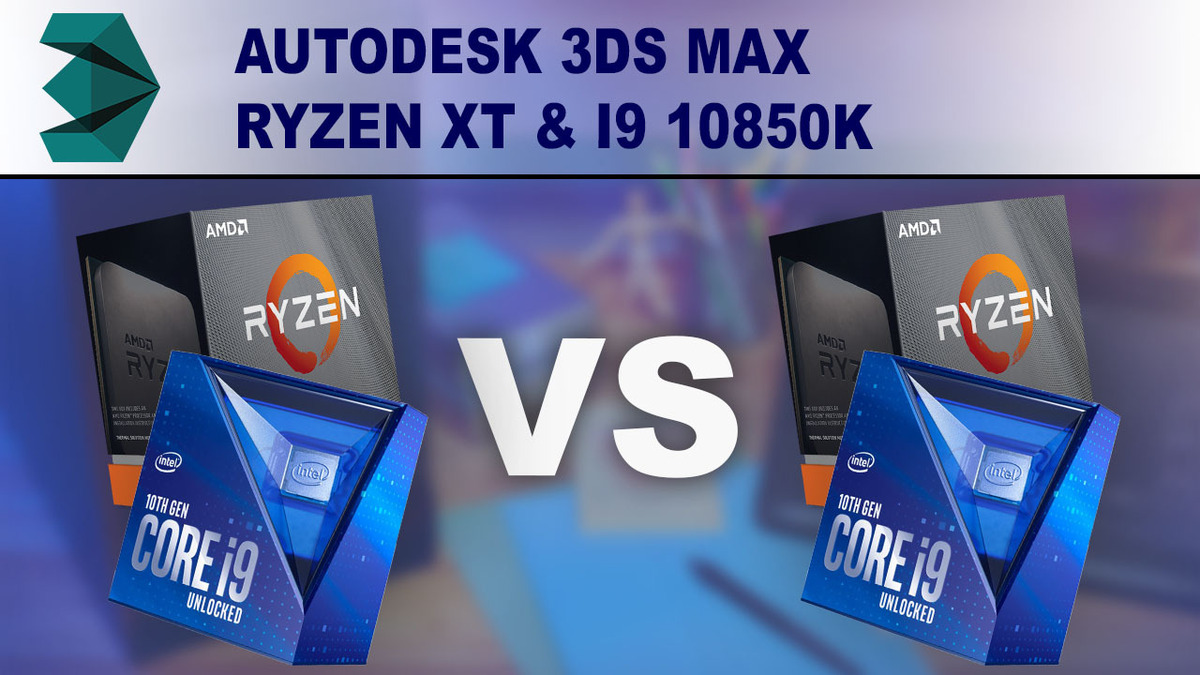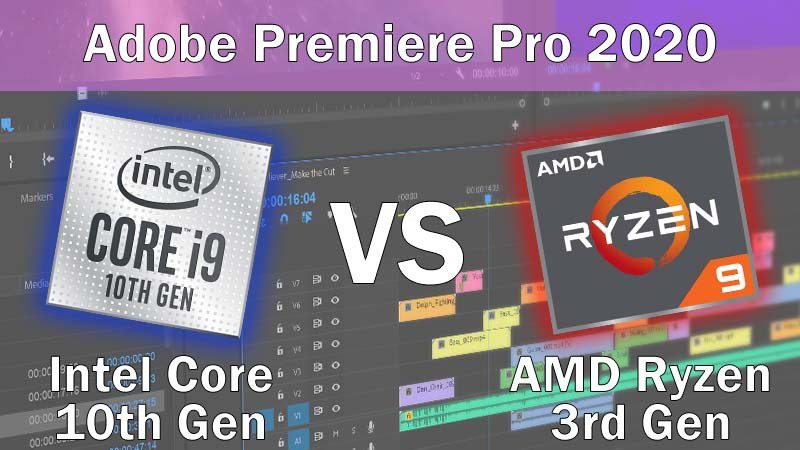Until recently, Intel enjoyed the benefit of being the only CPUs that could be used for hardware accelerated encoding/decoding of H.264 and HEVC media with their Quick Sync feature. However, with Premiere Pro 14.5 including GPU-based hardware encoding/decoding, the playing field has been leveled, allowing AMD to truly show what they are capable of. Will the new AMD Ryzen 5000 Series out-perform the Intel options, or will Intel maintain a lead even without the benefit of hardware encoding/decoding?














